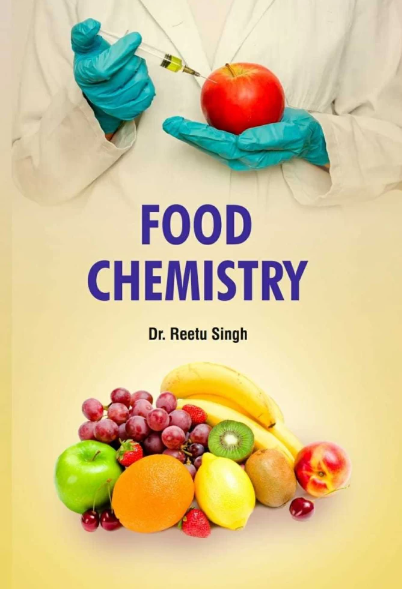酶处理结合美拉德反应改性葵花籽粕水解产物制备葵花籽油增味剂
IF 8.5
1区 农林科学
Q1 CHEMISTRY, APPLIED
引用次数: 0
摘要
促进美拉德反应(MR)是提高油脂风味的有效途径。为了生产低氧化的芳香葵花籽油,将葵花籽油和葵花籽粕酶解物的混合物加热到120 °C。利用基于SAFE-GC-MS /的风味组学方法比较了香气特征,同时测量了游离氨基酸、还原糖和褐变强度。结果表明,酶解后缬氨酸含量(3倍)和鼠李糖含量(10 - 40倍)增加,而葡萄糖和缬氨酸含量在加热后下降最多。共鉴定出49种挥发性化合物,其中22种重要气味剂具有气味活性值(OAVs) ≥ 1。主成分分析(PCA)和偏最小二乘判别分析(PLS-DA)鉴定出8个香气差异关键标记:甲基吡嗪、乙基吡嗪、三甲基吡嗪、2,6-二乙基吡嗪、2,3,5-三甲基-6-乙基吡嗪、2-乙基-6-甲基吡嗪、2,3,5-三甲基-6-异戊基吡嗪和吡咯。粘酶L + Alcalase 2.4 L因其令人愉悦的坚果味而脱颖而出。本研究为无高温条件下改善葵花籽油风味提供了新的见解。本文章由计算机程序翻译,如有差异,请以英文原文为准。
Enzyme treatment combined with Maillard reaction modification of sunflower meal hydrolysates to prepare sunflower seed oil flavor enhancer
Promoting the Maillard reaction (MR) is an effective way to enhance the flavor of oils. To produce fragrant sunflower oil with low oxidation, a mixture of cold-pressed sunflower oil and enzymatic hydrolysates from sunflower meal was heated to 120 °C. The aroma profiles were compared using SAFE-GC–MS/O-based flavoromics, while free amino acids, reducing sugars, and browning intensity were measured. Results showed that valine (3-fold) and rhamnose (10–40-fold) increased after enzymatic hydrolysis, while glucose and valine decreased most after heating. A total of 49 volatile compounds were identified, with 22 important odorants showing odor-activity values (OAVs) ≥ 1. Principal component analysis (PCA) and partial least squares discriminant analysis (PLS-DA) identified 8 key markers for aroma differences: methyl-pyrazine, ethyl-pyrazine, trimethyl-pyrazine, 2,6-diethyl-pyrazine, 2,3,5-trimethyl-6-ethylpyrazine, 2-ethyl-6-methylpyrazine, 2,3,5-trimethyl-6-isopentylpyrazine, and pyrrole. Viscozyme L + Alcalase 2.4 L assisted stood out for its pleasant nutty note. This study offers new insights into improving sunflower oil flavor without high temperatures.
求助全文
通过发布文献求助,成功后即可免费获取论文全文。
去求助
来源期刊

Food Chemistry
工程技术-食品科技
CiteScore
16.30
自引率
10.20%
发文量
3130
审稿时长
122 days
期刊介绍:
Food Chemistry publishes original research papers dealing with the advancement of the chemistry and biochemistry of foods or the analytical methods/ approach used. All papers should focus on the novelty of the research carried out.
 求助内容:
求助内容: 应助结果提醒方式:
应助结果提醒方式:


